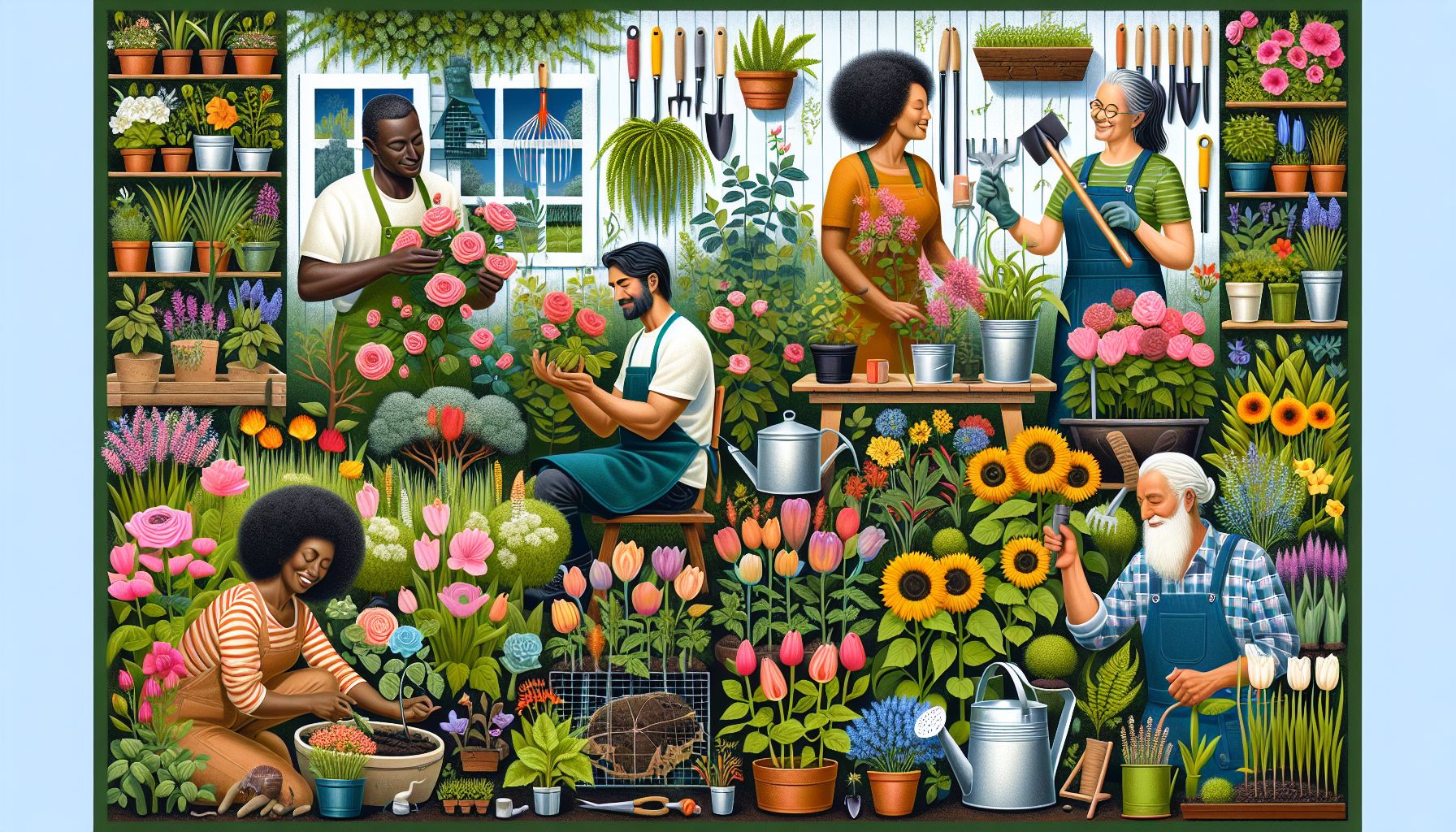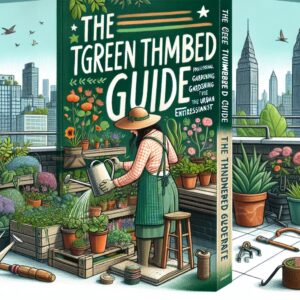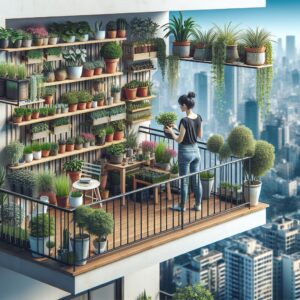Gardening stands as an exceptional hobby that bridges the gap between urban and rural living. Whether you are an apartment dweller with a tiny balcony or a homeowner with a sizeable backyard, gardening can be adapted to suit your living conditions. This botanical passion brings serenity, fulfillment, and an aesthetic appeal that complements the concrete structures of the urban environment. But how do you start, and how do you maintain the ever-evolving growth in your microcosm of nature? Today, we will delve into these questions and offer some practical gardening tips for both beginners and seasoned gardeners alike.
Understanding Your Environment
First and foremost, pay close attention to your environment. Observe the amount of sunlight your location receives and how long those sunny spots last. If you live in an apartment building where sunlight might be scarce, opt for plants that can survive in low-light conditions. On the other hand, if your patio or backyard receives ample sunlight, go for plants that relish that bright environment.
Secondly, the climate in your location matters. Tropical climate dwellers will have different plant choices from those living in temperate or cold zones. Choose species that can effectively withstand weather conditions in your area.
Using Your Space Wisely
In urban gardening, utilizing space wisely is crucial. Vertical gardening can be a fantastic way to fit more greenery into less space. You can either purchase a pre-made setup or create your vertical garden using various objects like lattice panels, shoe organizers, or simple shelves. To save on space but maximum impact, consider growing trailing plants, which not only hang beautifully but also grow warmer while hanging.
If you have a little more space, consider gardening in raised beds. This method allows for better control of the soil and easier maintenance.
Choosing the Right Soil
Alongside climate and light, soil is a major determinant for any plant’s survival. Conduct soil tests periodically to understand its composition and pH levels. You can tailor your soil to fit your plants’ needs using compost, which is also a great way to recycle kitchen waste and improve soil texture.
In case of container gardening, go for commercial potting soils that are light, and designed to hold moisture and nutrients.
Watering and Feeding
Just like humans, plants need drinking and feeding too. Not just any amount, but the right amount. Too much water can drown plants resulting in root rot, while too little can dehydrate them. Each type of plant has its watering needs, and it’s your task to strike a balance to help your plant thrive.
As for feeding, make it a habit to replenish the soil nutrients. You can do this by applying compost, adding a slow-release granular organic fertilizer, or liquid fertilizers every few weeks.
Time to Prune
Last but not least, pruning is a vital aspect of plant maintenance. Regular pruning promotes healthier growth, encourages more flowers, and keeps plants within desirable sizes. Don’t be afraid to clear away dead leaves, branches, or even whole parts of a plant if it means a healthier and more bountiful garden.
To wrap things up, gardening is a continuous journey of discovery. As you nurture each plant, you grow more in sync with nature and its nurturing rhythms. So, whether you’re an expert or a beginner in gardening, keep an open mind, be patient, and enjoy the refreshing and rewarding experience of tending your urban garden.
Remember, professional gardeners aren’t just born, they blossom from the knowledge they acquire, the efforts they put in, and their love for growth and green life. So, go ahead and sow the seeds of your gardening journey with confidence and passion. Happy gardening!




